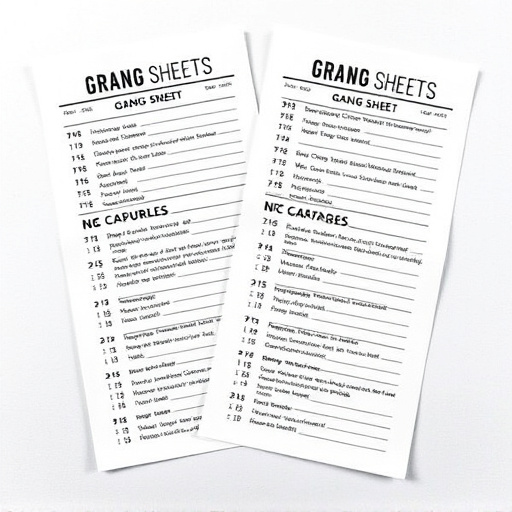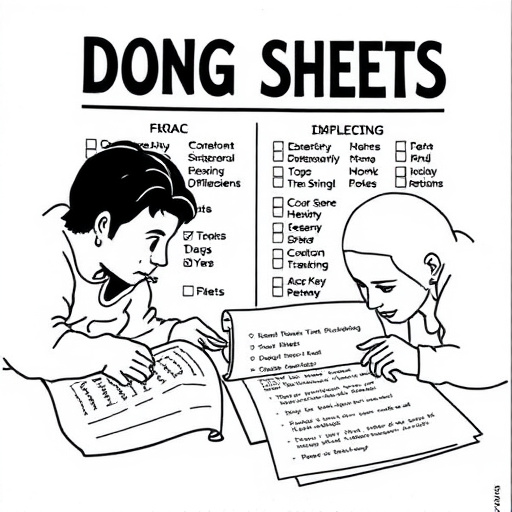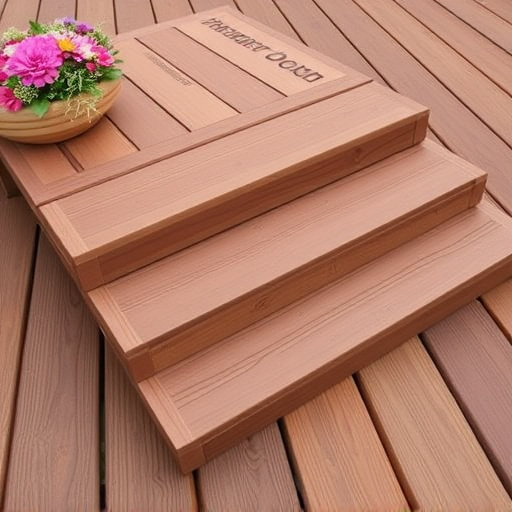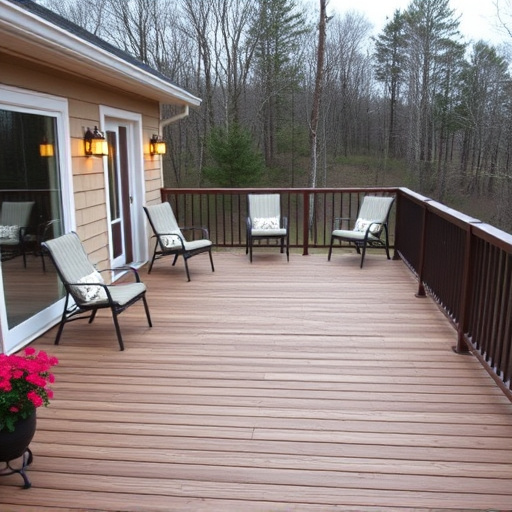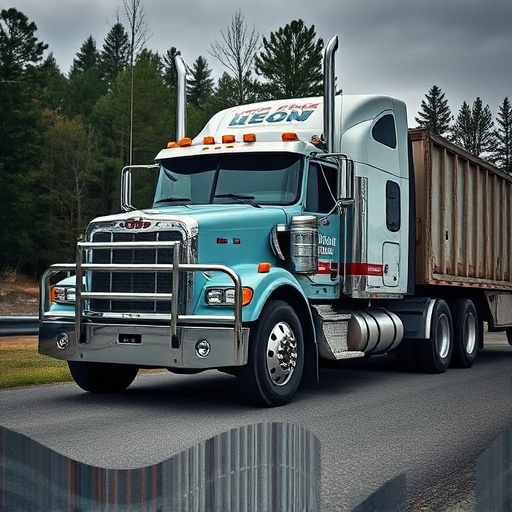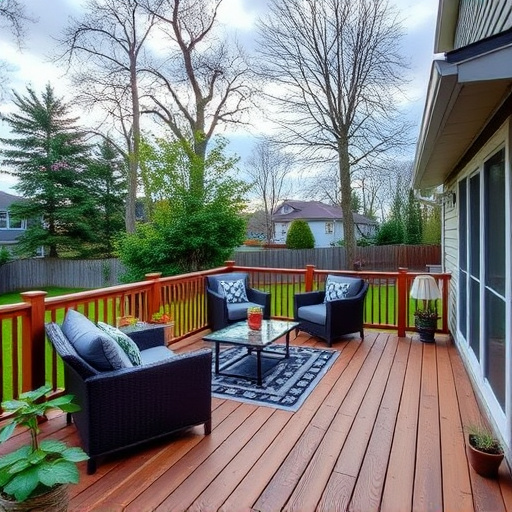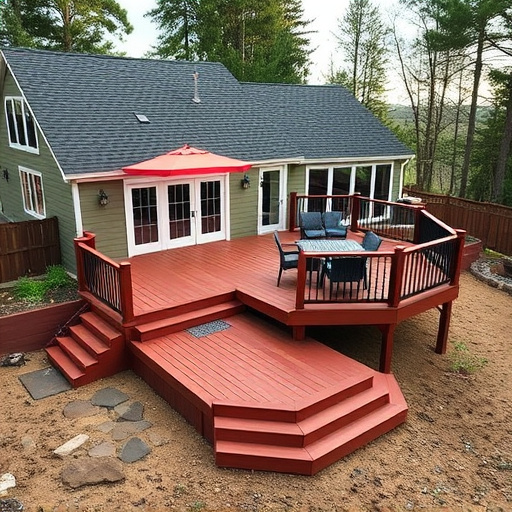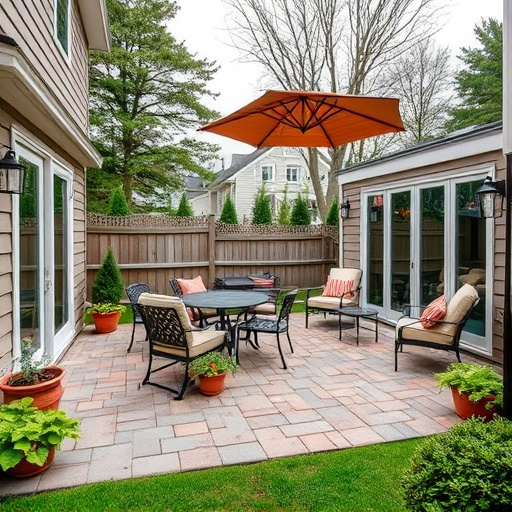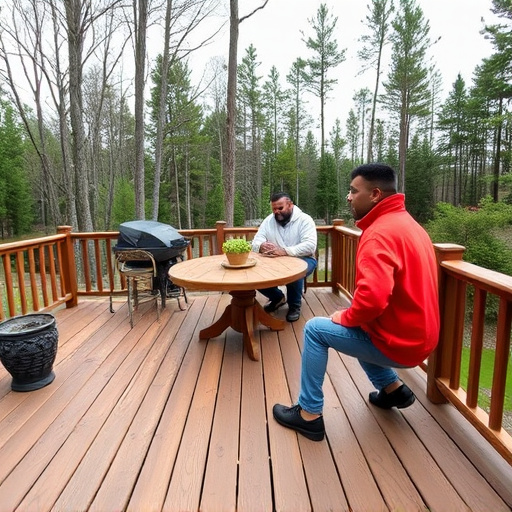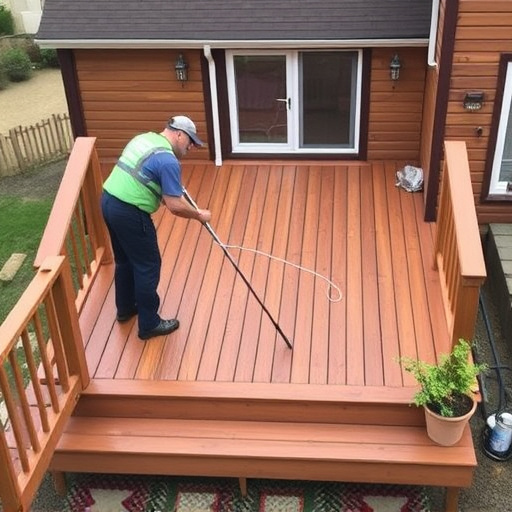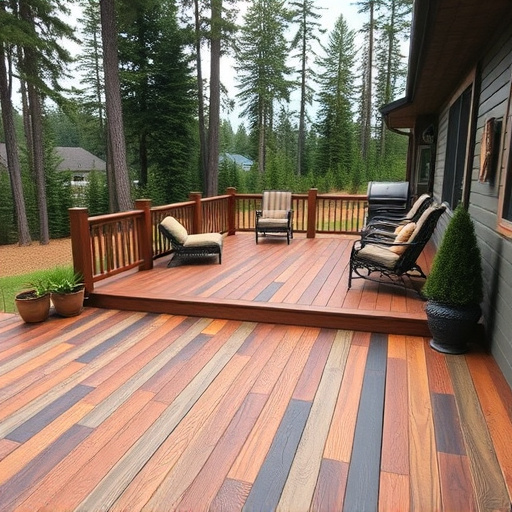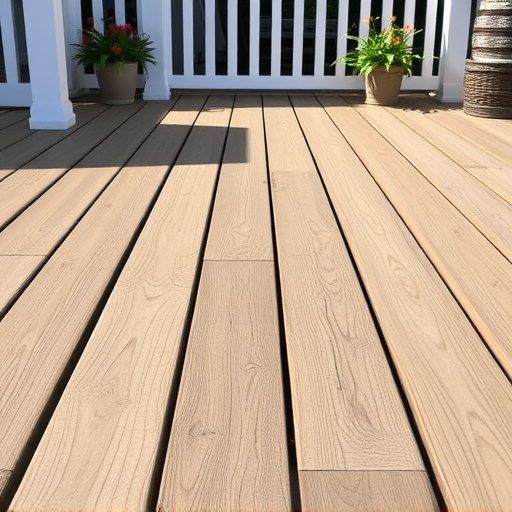When building a public deck, prioritize safety with slip-resistant decking as per ANSI and ICC guidelines to prevent falls in damp or variable weather. Regular maintenance and post-weather event inspections are vital for integrity. Choose materials suitable for your climate for enhanced durability and longevity. First-time owners should consider professional builders for expertise and high-quality materials, especially for complex designs or specific requirements.
Planning your first deck? Navigating design, material, and construction can feel overwhelming. This guide offers essential advice for future deck owners, ensuring a safe and durable space for years to come. From understanding crucial slip-resistant decking safety standards to selecting materials suited to your climate, we break down the key steps. We also explore the pros and cons of hiring vs. DIY, empowering you to make informed choices that transform your outdoor living.
- Understanding Slip Resistant Decking Safety Standards
- Choosing the Right Deck Material for Your Climate
- Hiring vs. DIY: Navigating Deck Construction Options
Understanding Slip Resistant Decking Safety Standards
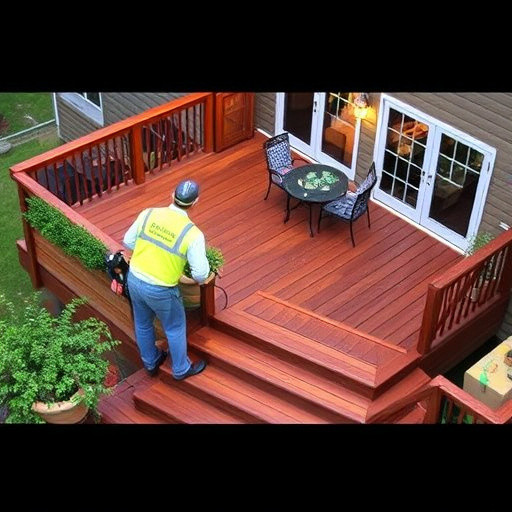
When it comes to deck building, safety should always be a top priority for first-time owners. One critical aspect to consider is slip resistance, especially if your deck will be used frequently by family and friends. Understanding the relevant safety standards for slip-resistant decking ensures that you create a safe and enjoyable space for all users.
The American National Standards Institute (ANSI) and the International Code Council (ICC) have established guidelines for decking safety, focusing on traction and slip resistance. These standards are crucial to follow, as they provide a framework for creating decks that reduce the risk of falls, especially in areas prone to moisture or changing weather conditions. Incorporating slip-resistant treatments or materials into your deck design is not only a matter of safety but also ensures peace of mind for deck owners and users alike. Remember, even with proper installation, regular maintenance and inspections are vital, particularly after potential weather events like storms, which may impact the integrity of roofing solutions, siding installation, or other external features around the deck.
Choosing the Right Deck Material for Your Climate
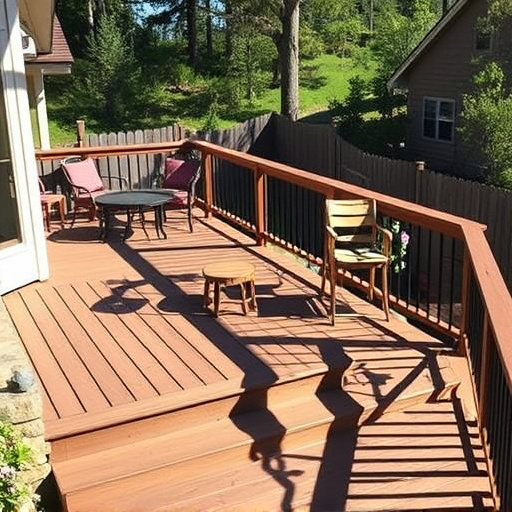
When it comes to selecting the ideal deck material, the climate where your deck will be located is a primary factor to consider. Different materials offer varying levels of durability and resistance against harsh weather conditions. For regions with extreme temperatures, heavy rainfall, or frequent snow, opting for slip-resistant decking is advisable. This feature not only enhances safety but also ensures your deck stands the test of time.
Choosing a material suited to your climate means less maintenance and replacement over the years. Whether it’s wooden decks that require regular sealing or composite options more resistant to rot and decay, understanding your local climate will help you make an informed decision. Additionally, if you’re considering a siding replacement or professional installation for commercial properties, selecting weather-appropriate materials is even more critical to ensure long-lasting results.
Hiring vs. DIY: Navigating Deck Construction Options
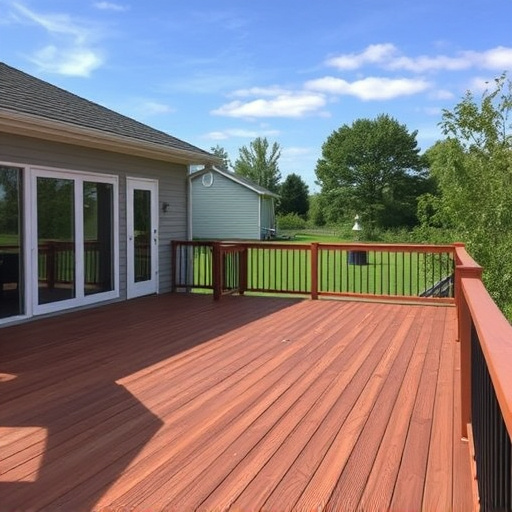
For many first-time deck owners, deciding between hiring professionals or taking on the project themselves is a significant choice. While DIY enthusiasts may relish the idea of building their own deck, it’s essential to consider the time, expertise, and equipment required. Professional deck builders bring a wealth of knowledge and experience, ensuring your deck is constructed safely and efficiently using high-quality materials like slip-resistant decking. They can also handle unexpected challenges that may arise during construction.
On the other hand, those inclined towards DIY projects can save on costs by taking on the task themselves. However, they must possess the necessary skills, tools, and understanding of local building codes for a successful installation. If your project involves complex designs or specific requirements like siding installation or storm damage repair, it might be more practical to consult home exterior services professionals who can cater to these needs, ensuring your deck is not only sturdy but also enhances your home’s exterior appeal.
When embarking on your first deck ownership journey, understanding safety standards, selecting climate-appropriate materials, and making informed construction decisions are key steps towards a successful and lasting outdoor living space. By adhering to slip-resistant decking best practices and exploring various options, you can create a beautiful and safe deck that enhances your lifestyle for years to come.
